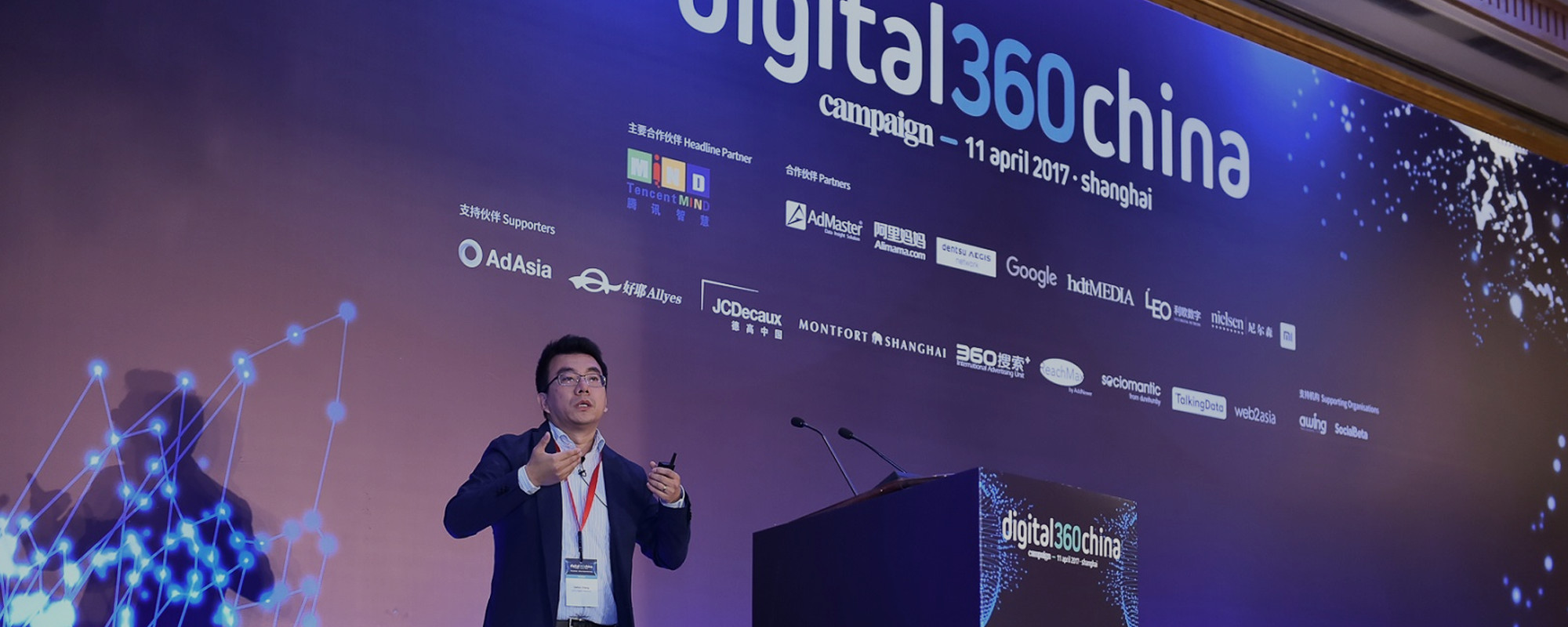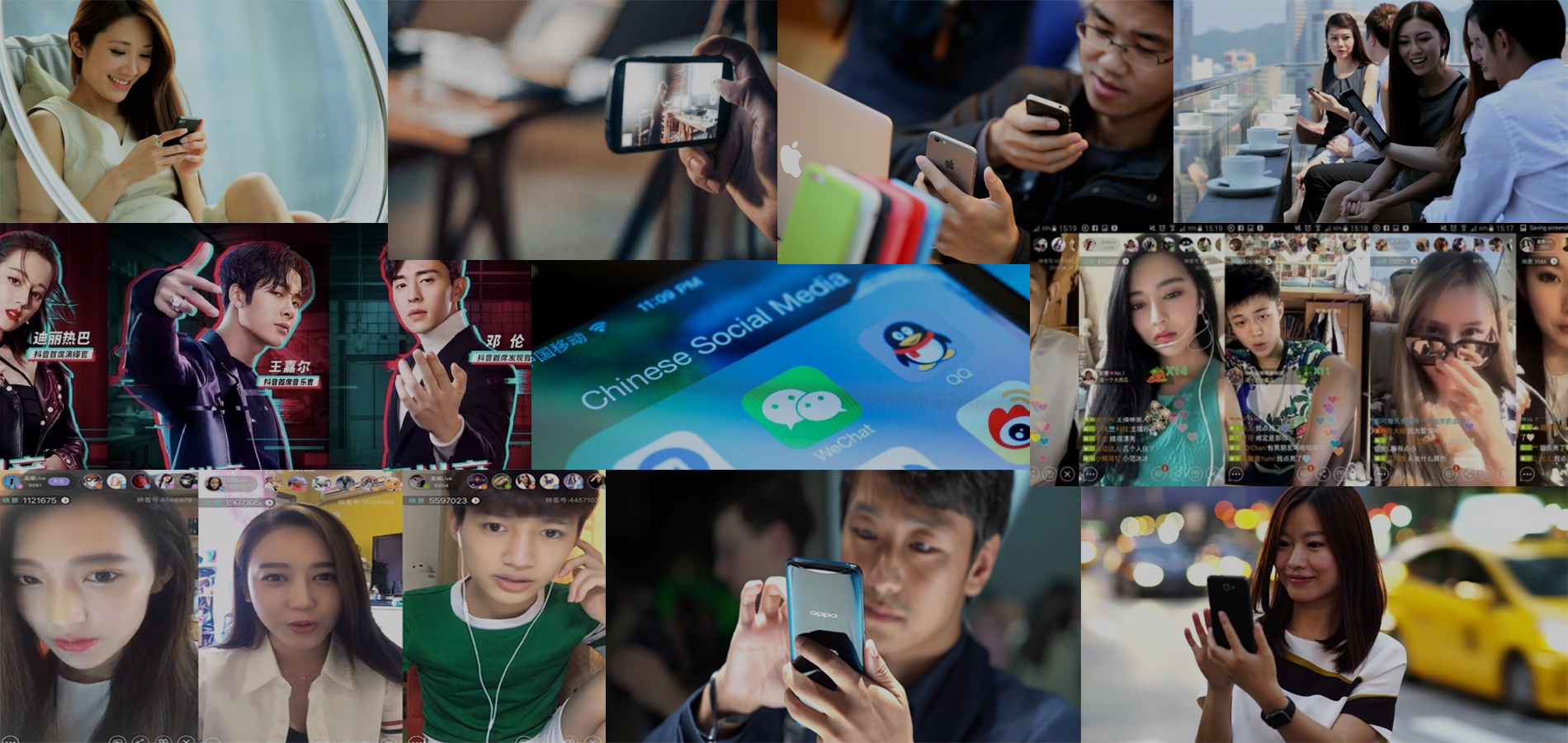1. Marketing
Understanding the post-90s crowd
In the opening session, Jess Kwek, general manager for key accounts and channel business at Tencent, explains how consumption is heavily driven by the post-90s sector. Kwek goes on to outline their growing lack of receptiveness to branding exercises and consequently, the need to tap into unique user experience for this demographic.
- Using Nike with their personalised song list for runners based on their heartbeats as an example, she explains: “It (brand immersion) involves more people, takes a longer time and is more complicated. Things that would make your branding stand out, requires a lot of energy and collaboration.”
Mobile internet marketing
Jing Pan, CMO of Dianrong declares that going back to mass media may not be a bad move for financial services firms due to the credibility factor.
- “Three years ago, WeChat was just getting started and we utilised it to work with opinion leaders and share reviews with consumers,” said Pan. “But then the cost became higher and more people started using this channel. We adopted mass media and the result is still very good. Almost 90 percent of our customers are mobile users not because mobile is predominant in China, it is because they use mobile to react after we have adopted mass media.”
Virtual reality, expensive but worth it
Wills Wang, associate brand development director at Unilever North Asia, stressed that ROI (return on investment) is the central question in the adoption of virtual reality.
- Alvin Wang Graylin, China President Vive, HTC Vive, agreed that the results from VR cannot really be measured by numbers, but the brand impression it creates can be immense, meaning it could potentially see significant usage in the future of marketing.
Future of marketing
Head of data insights & solutions from Google in China and Korea, Derek Kwok sees Google as a marketing enabler, and its tools potentially applied to marketing to help identify audiences and improve customisation for everybody. He goes on to outline how Google has been able to help marketers:
- Reach the right audience – via universal app campaigns (UAC) that help discern mobile user type and behaviour to identify high value users likely to make purchases.
- Improve creative customisation – can source data from third party suppliers to make campaigns more dynamic. Cites how Netflix got viewers interested in watching reruns of the hit 90s TV show “Friends” by tagging top video searches on YouTube and inserting short prerolls related to the search topic. So those searching lipstick in Japan might see a short spoof featuring Friends character Joey applying lipstick.
- Scale relevant media and content – here’s where Kwok makes a short nod to Google’s recent work on brand safety noting the move to bring in third party verification
- Automate optimisation – Kwok details how Google helps place ads in the right spots depending on time, location and device.
2. Social Media
Influencer content, balance is key
In a response to a question posed by the CEO of Carat Media China who asks how influencers evolve to create content for brands after creating content only for themselves, Zhang Mengqi, a KOL and blogger, explains that it is important to invest a lot into their own brand before that can work for them. Only than can branded content come (and slowly at that).
- “I have to strike a balance in providing content for brands and content to my fans” she says. Fans can instantly tell when a brand is promoted. “If I advertise too much it could have negative opinions”
- “The most important thing is to maintain a good relationship with your fans,” Lawrence Wang, Social Media and Digital Director from AIG, says in agreement, “Sometimes I’m an advertiser, sometimes an influencer.”
Solving real problems
Ellen Hou from Carat plays a couple of video campaigns promoting instant noodles suited well to social media given the cultural practices of eating hot food as a shared activity. One video involved setting up a noodle shop for Chinese athletes competing abroad.
- “You need to excavate real problems,” Hou said, “and solve tangible issues” – this one solves the problem of knowing what to eat when abroad, while the addition of high-profile athletes helps engagement.
Influencers and celebrities are still valuable
“Entertainment has been king for years. This has not gone out of style,” says AdMaster’s Maggie Wang, noting that using key KOLs and celebrities continue to increase campaign reach exponentially and boost ROI rates.
- This is especially true in livestreaming, but Weibo’s comeback as a social media platform also owes much to open platform sharing of strong doses of entertainment.
Importance of tracking and refining as you go
Maggie Wang,Vice President at AdMaster, emphasises the importance of tracking social media activities and refining as you go, using hot and popular ads on WeChat as an example, stating they won’t stay that way for long if they’re not optimised.
- Sometimes ads are social, sometimes brands need to be embedded in surrounding media to be effective.
- Lawrence Wang agrees, noting AIG has to refine its KPI’s constantly.
- Sometimes a platform is chosen for its suitability for a product, and it does well at the start of the year, but by the end of the year its simply out of touch.
3. E-Commerce
Sustaining traffic
Alimama’s Tony Shen says the key to sustaining traffic is identifying the best modes of consumer interaction with those window shopping online. After all, of hundreds or thousands of interactions consumers have, very few are memorable, depending on their environment and experience.
- Storing consumer data, reanalysing it and applying later on is key to raising the number of ‘high efficiency interactions’ where the right things are said to the right consumers.
- Xibao’s Tom Wang agreed saying from a service perspective retailers benefit enormously after the first few interactions by reusing past data to serve up far more relevant links to consumers.
- Swing ShuData and CRM senior manager at L’Oreal China says high-efficiency interactions need to be direct and precise because only when customers feel that real sense of delight will they be keen to return for more.
Variety of platforms
L’Oreal’s Swing Shu says that although Alibaba can accommodate all products, it would be helpful to have more other platforms. Some other platforms like JD focus selling electronics but more platforms and more shared data would be useful.
Offline experiences
Walmart’s Jane Yan says that, while they continue to use big data to optimise customer experiences online, they still see a bright future offline.
- A key focus remains on linking their online and office experiences. “In future, we see many will shop offline because they want that experience” she concludes.
Source: Campaign Asia-Pacific






